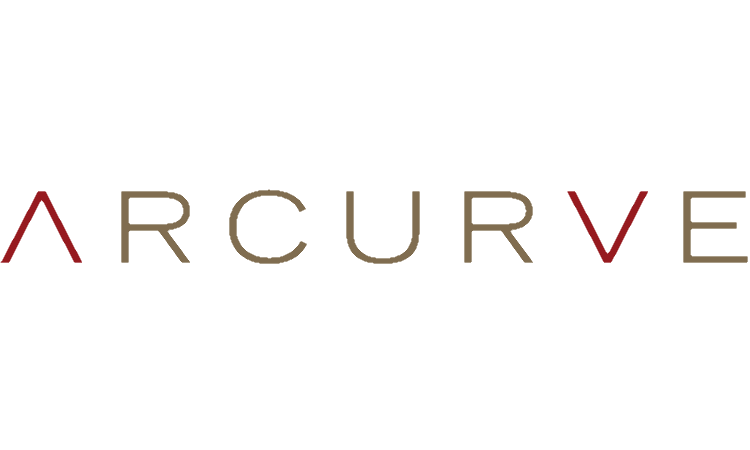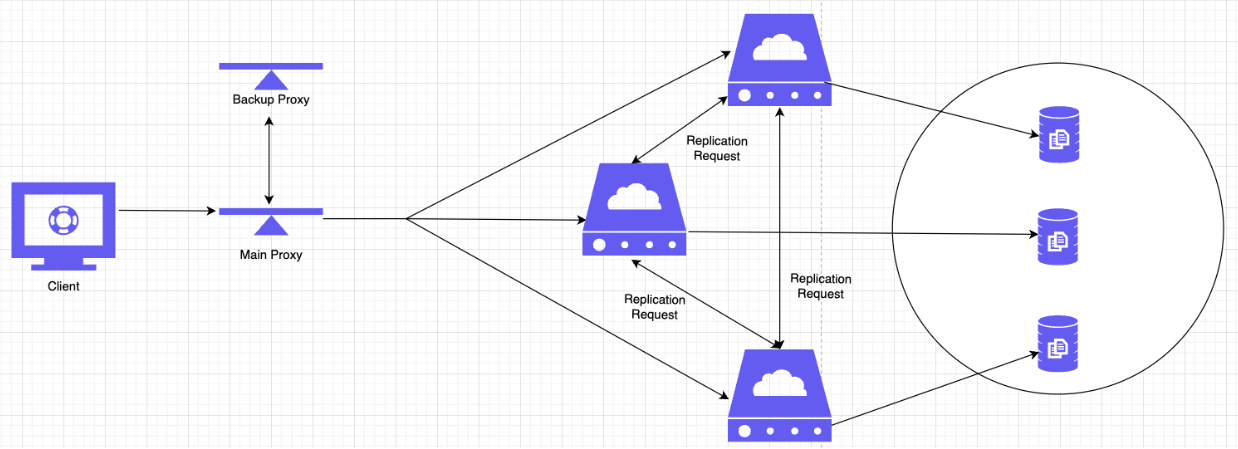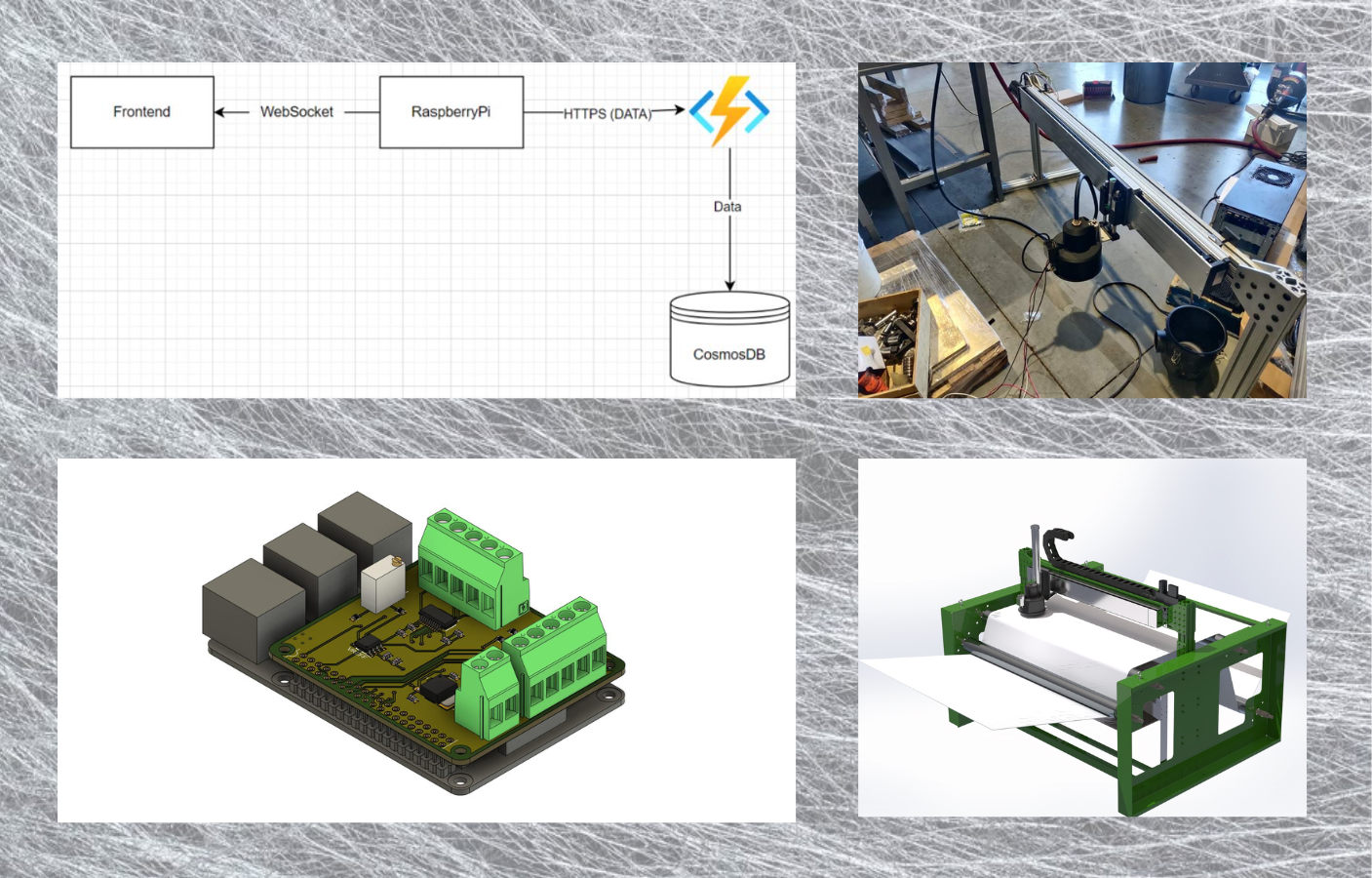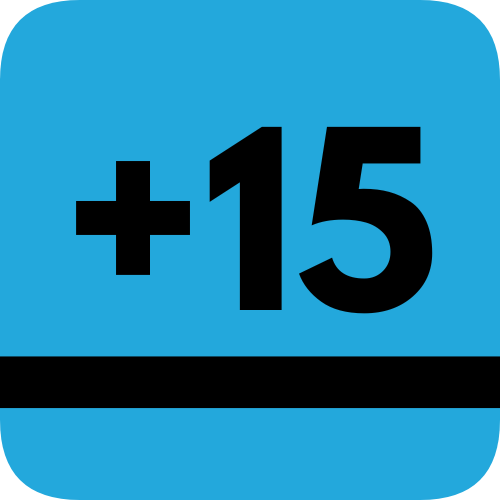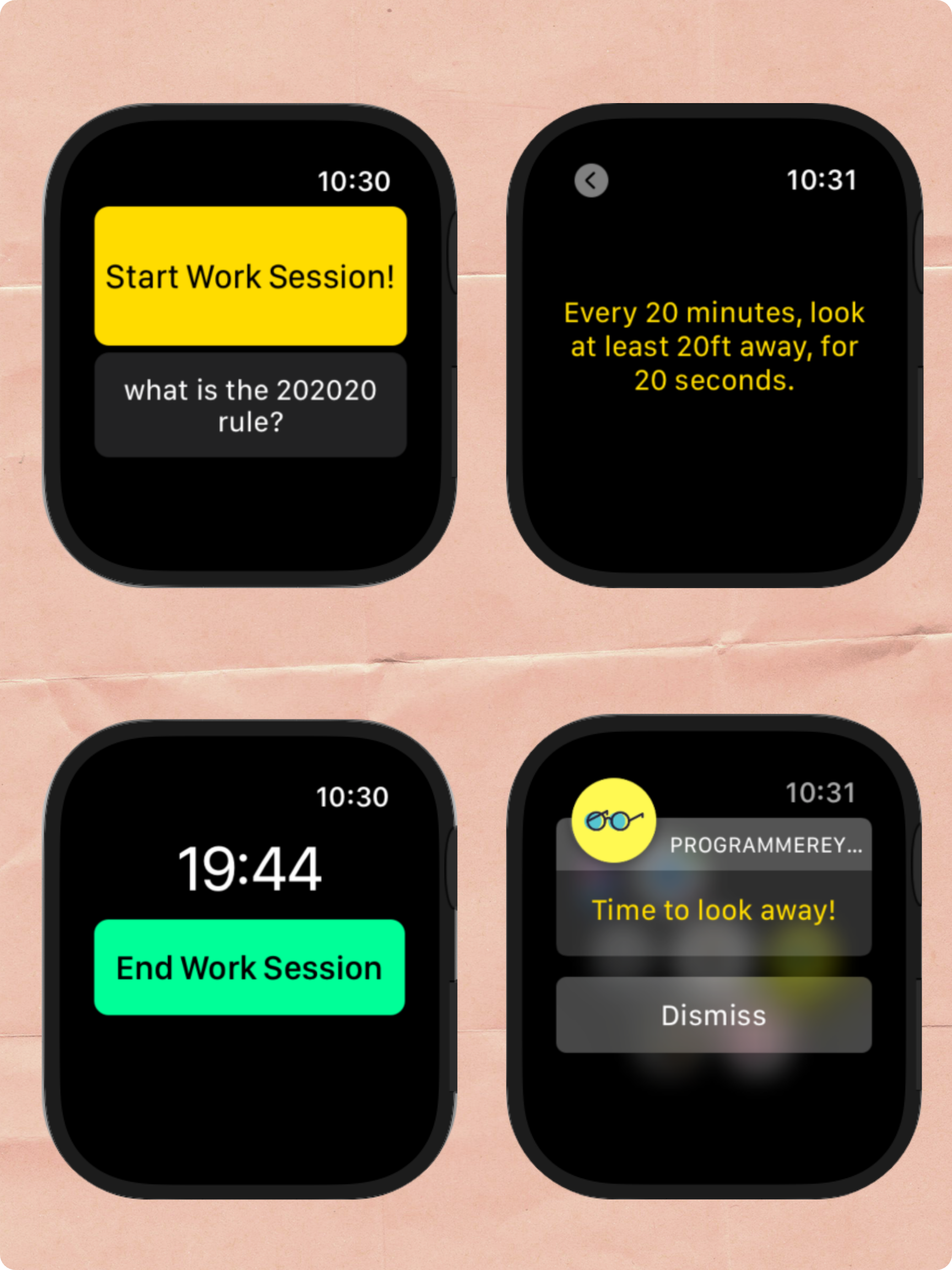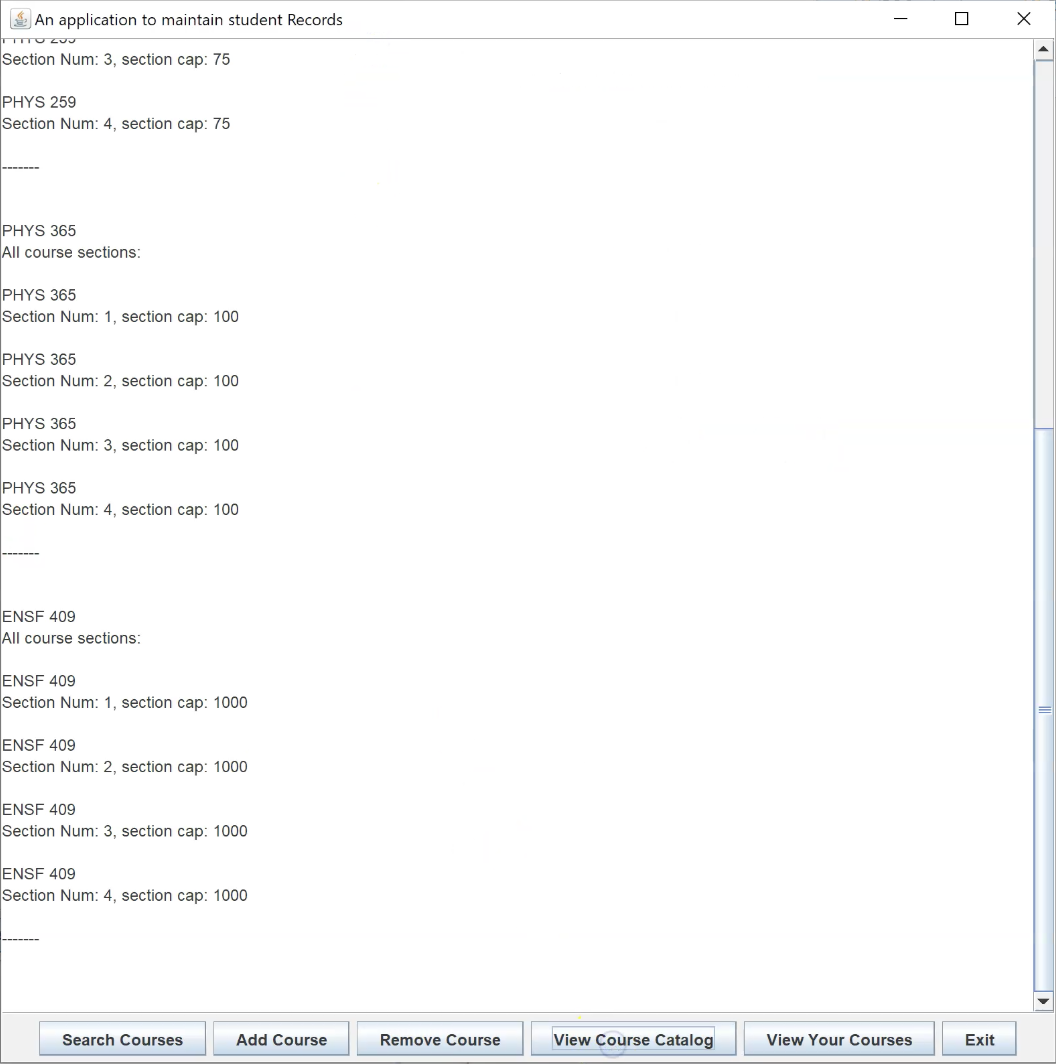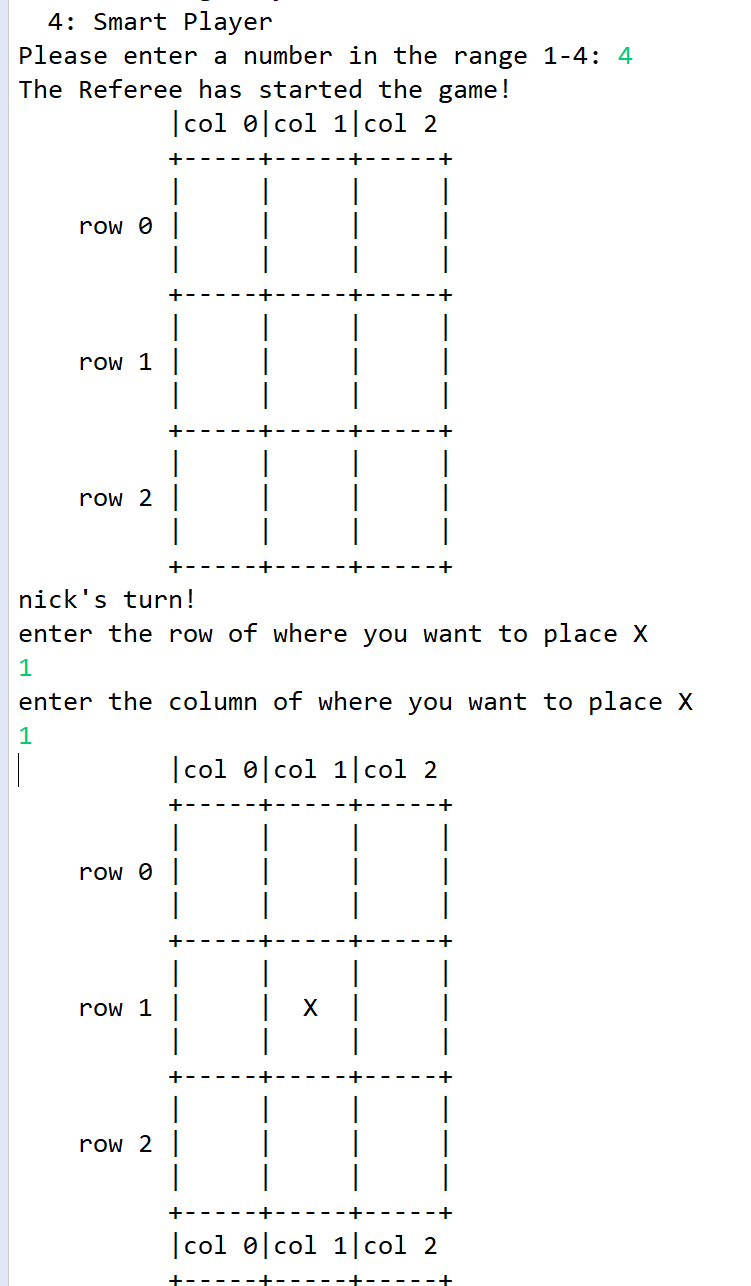Experience
Software Development Engineer
July 2023 - Present
After having a great internship experience I decided to return to Amazon for a full time position!
Currently I am working on the Fees team which is responsible setting and processing all fees for Amazon Stores.

Software Development Engineering Intern
May 2022 - August 2022
I spent the summer living in Vancouver as part of the Automated Profitability Management (APM) - Supplier Contract Optimization (SCO) team where I worked on the tool known as Automated Vendor Negotiations (AVN). For a bit of background AVN is used by Amazon Vendor Managers to Negotiate with Vendors. This tool sends 1000+ emails a day, going up when annual vendor negotiations kicks off.
My summer project was to design and develop a new generic/reusable email service to replace the current email implementation. After 2 weeks of design and 4 weeks of coding. I had created/implemented a new service which could send emails and collect/sort email metrics on the emails sent.
Aside from code I also became a regular at Amazon's pick up soccer group (some team members were already regulars) and enjoyed what Vancouver had to offer with some new and old friends. Overall I had a great time in the city and got to work with a truly fantastic team.

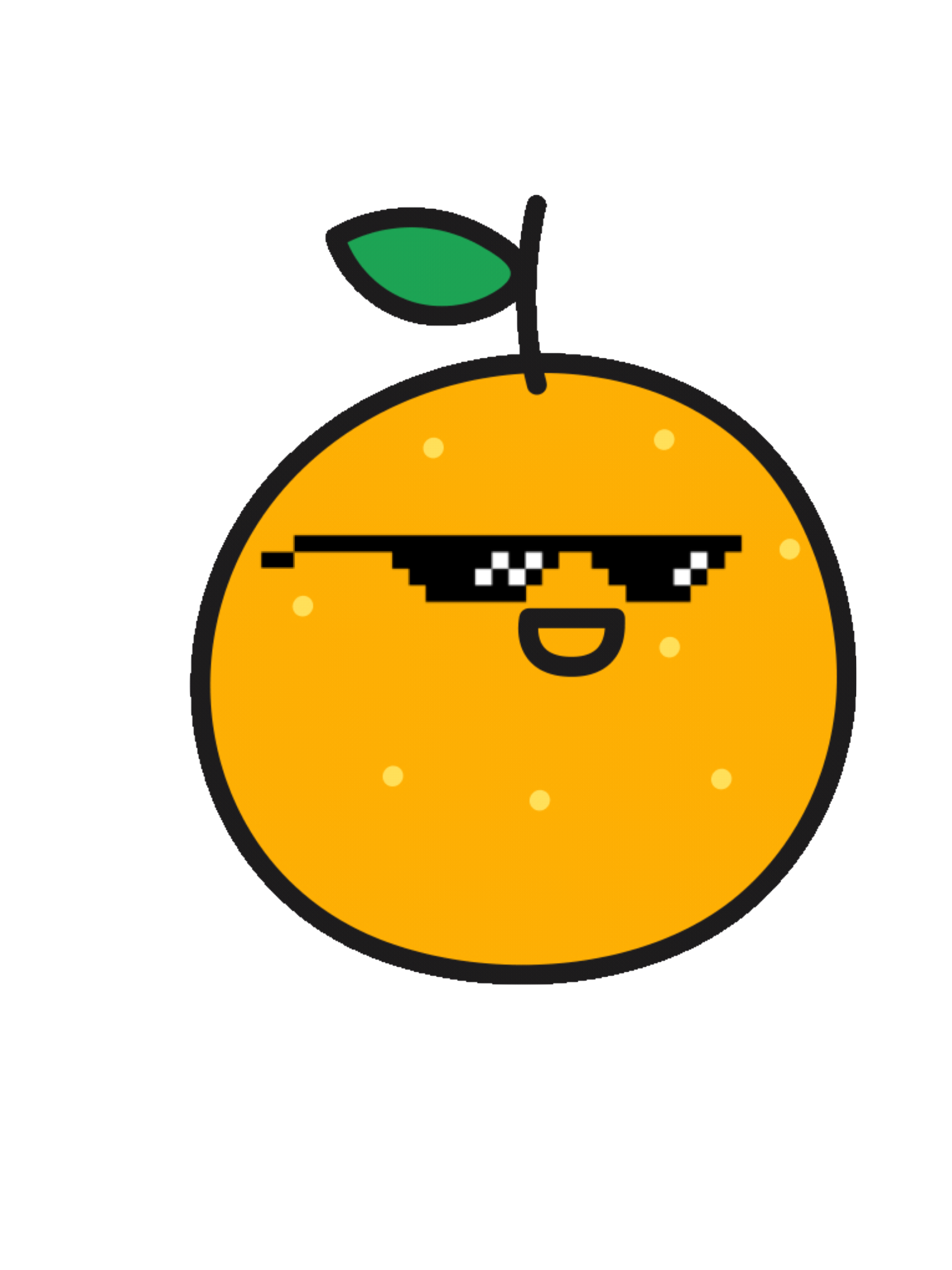
Software Developer Intern
May 2021 - April 2022
For my first taste of the software industry I got the chance to work at Arcurve where I spent most of my
time developing a full stack web application for monitoring/visualizing/prediciting gas delivery information.
This project was a great introduction to industry software as it was a very mature and well
thought out code base with many complex technical problems. I was also lucky enough to be paired
up with two mentors who were incredible in ramping me up to the large code base.
Outside of the technical I also got to work on a Community Social Resposibility (CSR) project with
the other interns. Our project, which we decided on as a group, was to create an orange flavored kombucha to sell to
fellow Arcurvian's and friends, in which proceeds whould go towards the Calgary Women's Emergency Shelter. The orange pictured
above is pip, who was our kombucha mascot. This was quite an interesting and fun experience.
Over the course of the project, we were able to raise $4000+ for the shelter.
All in all I am incredibly glad that my first software development job was
at Arcurve. Not only did I learn a ton about software, but Arcurve was incredibly supportive of my progression.
If any new software developers are reading this. I highly recommend Arcurve as a place to work.
